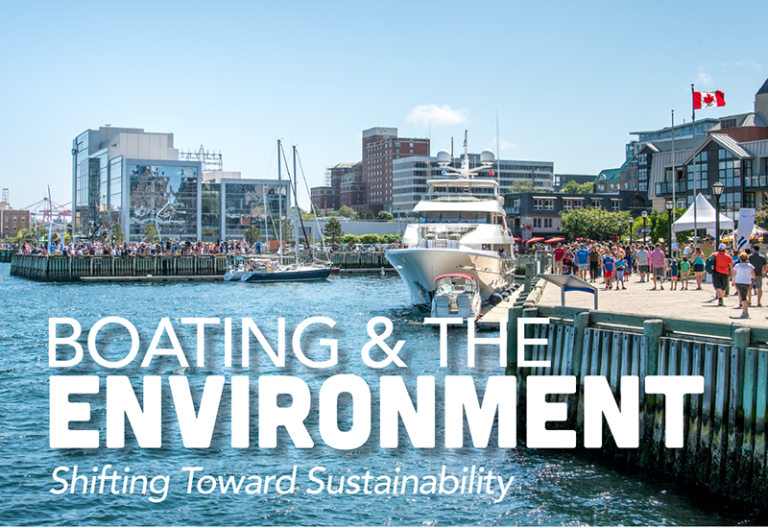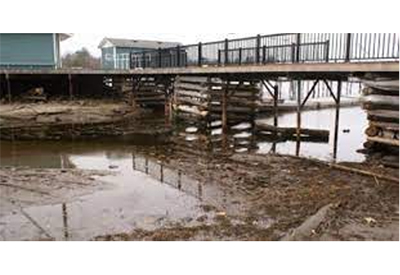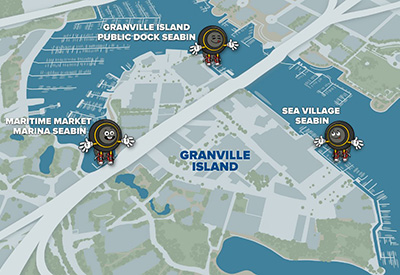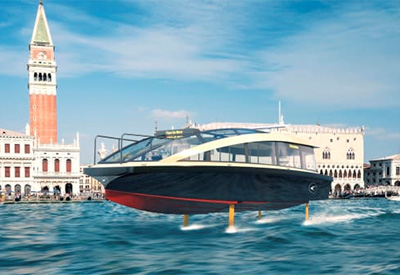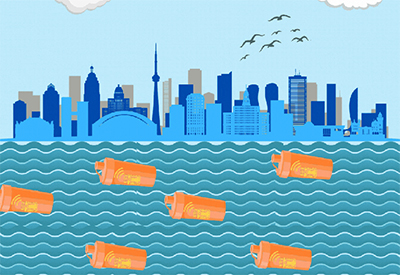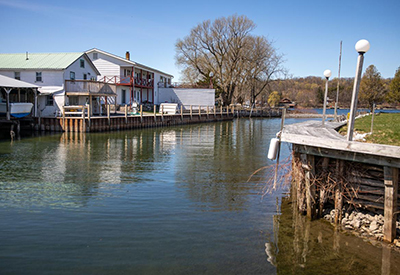The International Joint Commission – Controlling Your Great Lakes Water

There are winners and there are losers and sometimes there’s just mud. Which to an environmentalist might be okay, if it means healthy wetlands, but to a boater mud spells disaster.
Welcome to the contentious Lake Ontario-St. Lawrence River water levels issue that the International Joint Commission (IJC) is tackling. At first glance it seems, well…clear as mud. The commission is trying to balance the interests of municipal water supplies, hydro-electric power generation, environmentalists, commercial navigation, recreational boating and riparian (waterfront property owners) concerns.
The 1909 Boundary Water Treaty established the commission, whose six members are charged with assisting the governments to find solutions to problems in waters which lie along or flow across the border between the United States and Canada. The two countries must cooperate to manage these shared waters wisely, protecting them for today and tomorrow.
The IJC is in the midst of changing the rule or plan for managing water flows and levels of Lake Ontario and the St. Lawrence River through the outflow of the Moses-Saunders Dam at Cornwall-Massena. The current plan was approved more than four decades ago. Plan 1958D was based on water supply records taken between 1860 and 1954 but was often deviated from due to wetter and drier conditions than the plan was originally designed to handle.
On July 11, 2008 the commission completed an extensive round of public input sessions to create a new operating plan.
Tom McAuley is the engineering advisor with the Canadian Section of the International Joint Commission. He said, “The six commissioners are putting a lot of weight on the public process. There was certainly a cross section.” Along with shoreline property owners, environmental groups and individuals McAuley said, “They also heard from several ports and commercial navigation interests.”
Over 1,200 written submissions were received and over 200 organizations and individuals provided comments at the public hearings. More than 1,450 people attended the public hearings. The record of comments is available on the IJC’s website at www.ijc.org.
However the process is far from complete as consultation with governments on both sides of the border must still occur. “The original hope was that the process would be completed and be able to move forward on a new plan by the end of this year or early next year.” That deadline has been pushed back as debate continues.
McAuley said it’s already been a lengthy process. Prompted by a 1993 study of water levels which recommended reexamining the old order, a five year study of Lake Ontario and the St. Lawrence followed, concluding with a final report issued in May 2006. Several plans were considered, each one trying to address the various interests affected by any changes in water levels.
Details are available at losl.org/PDF/report-ann2-e.pdf with pages 37-55 covering the Recreational Boating and Tourism Technical Work Group. The working group was charged with assessing the impact of recreational boating on the area, establishing performance indicators to show the effect of changing water levels on this sector and developing criteria for water levels that would best meet the needs of recreational boaters and associated businesses. Boaters, marina and yacht club owners as well as charter and tour boat operators on both sides of the border were consulted.
The study found, “It is estimated that recreational boaters in the US and Canada spent $429.7 million (in US dollars, 2002 currency rate) on boating-related trips to Lake Ontario and the St. Lawrence River in 2002.”
While calculating days lost to boating as lower levels ground boats or make launch ramps and marinas unusable the study states, “Lake Ontario users start to experience losses when water levels drop below 75.28 m. Losses increase as water levels drop and the increase becomes dramatic below 74.62 m. Approximately $7.5 million in economic benefits would be lost if the water level were 74.37 m for the entire month of August.”
August and the fall through mid-October is the critical period. “The greatest incremental gains to recreational boating would be achieved if higher water levels could be attained through the fall.”
The specific measures for the St. Lawrence vary widely. On the upper St. Lawrence-Alexandria Bay area low impact levels appear to be 74.68 to 75.35 while levels below 73.91 m appears to be the low threshold for the Ogdensburg Reach while for the Lake St. Lawrence Reach the thresholds appear to occur at 72.76 m on the low end due to loss of boat launches and 74.22 on the high end. In the lower St. Lawrence River a greater variation is possible with the rather large range of 6 m to 10 m in the Montreal-Contrecoeur Reach as an example.
The challenge is that boating concerns are just one of the many interests to be considered. Largely riparian interests along the south shore of Lake Ontario are concerned with erosion and damage to property. But as McAuley points out, “If you live on the edge of a lake you have to deal with the consequences of waves. It’s a global, natural process.” He also said, “Erosion has actually been slowed by the management project.”
Also a consistent water level is good news for boaters but not so good for wetlands. According to the study, varied levels create more diversity in marsh plants, fostering a more productive and robust coastal ecology and habitat. A more diverse wetland area is better able to combat the effects of toxins and invasive species. While specific levels are set for the maximum economic benefit and lowest negative impact for boating and shoreline erosion, the most beneficial levels for environmental health are far cloudier.
The original plan protected the interests of water supply, navigation and power, but did not consider the environment. “In the 1950s when they were putting this all together they weren’t thinking of the impact on wetlands and species that depend on them. It was the post war period with boundless technology to better our lives,” McAuley said.
With today’s knowledge of the importance of the environment and acutely aware of climate change McAuley said, “All interests must be suitably protected.” However, “You can never, ever compare the environment with commercial navigation or boating. We’re trying to seek the best for each and every interest and minimize harm.”
Be sure to share this with your friends and make sure your voice is heard. This is plainly a complex issue with far-reaching implications for everyone in the Great Lakes area – and beyond.
By Jennifer Harker

